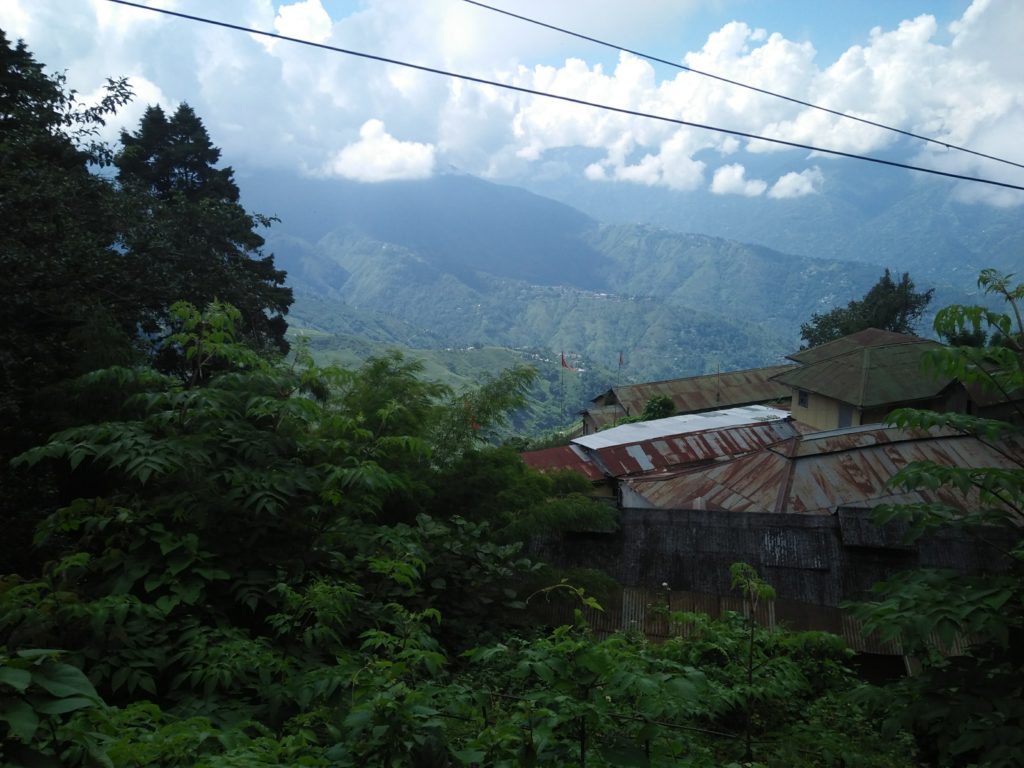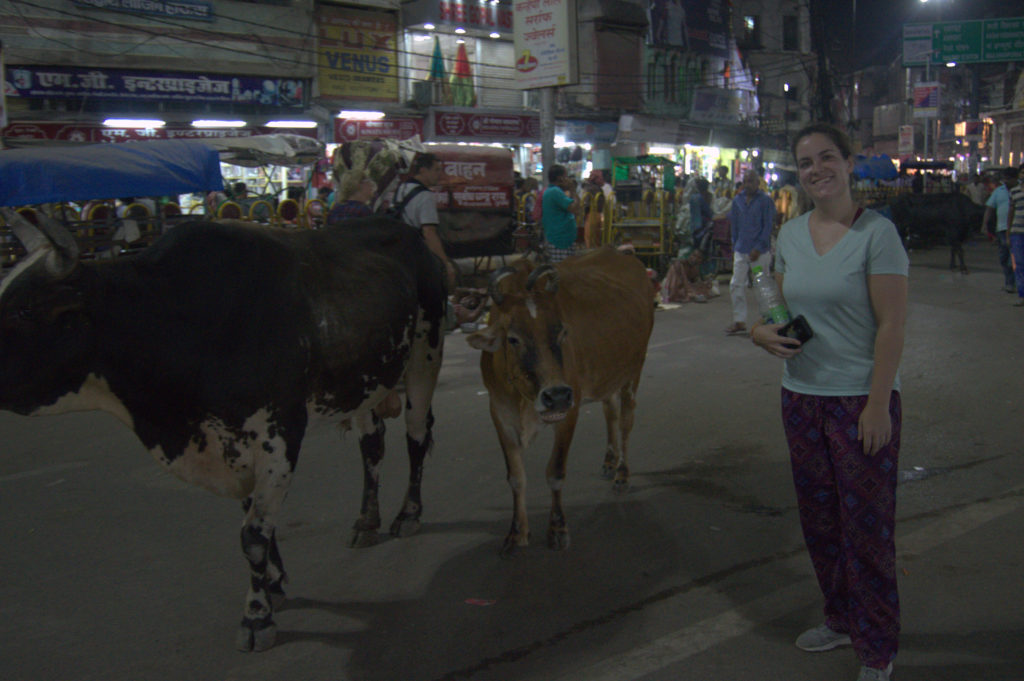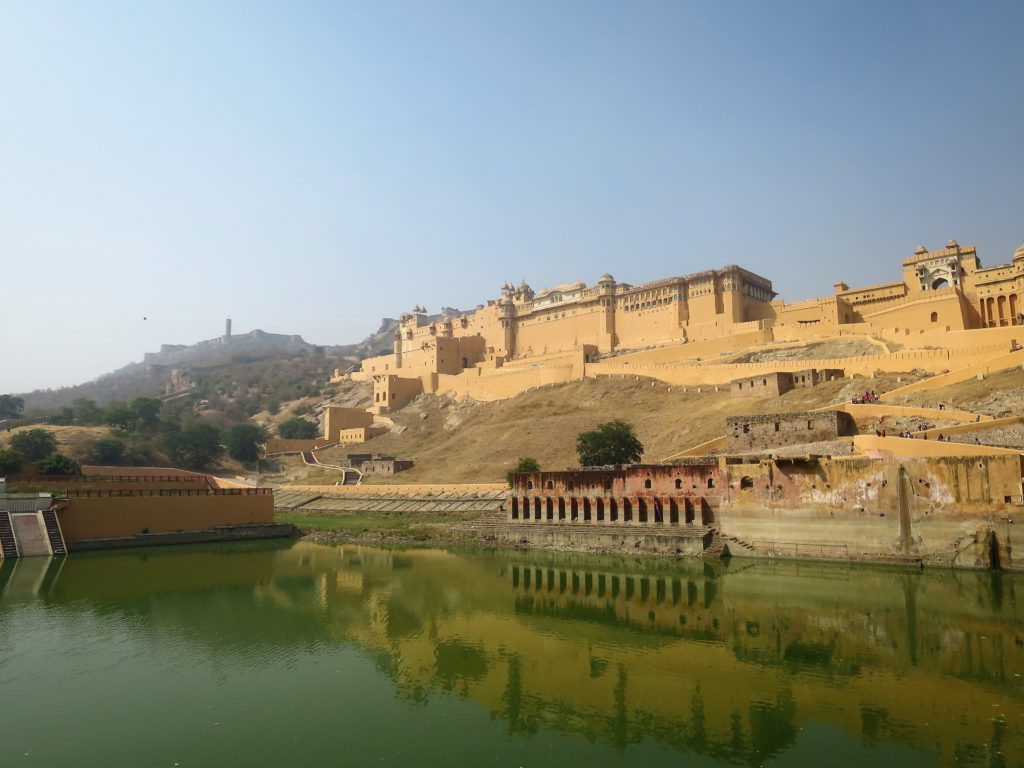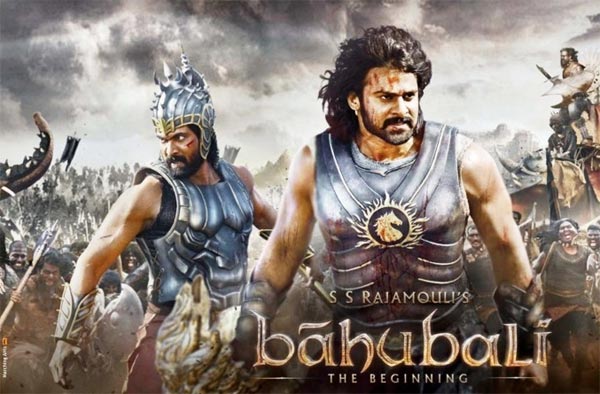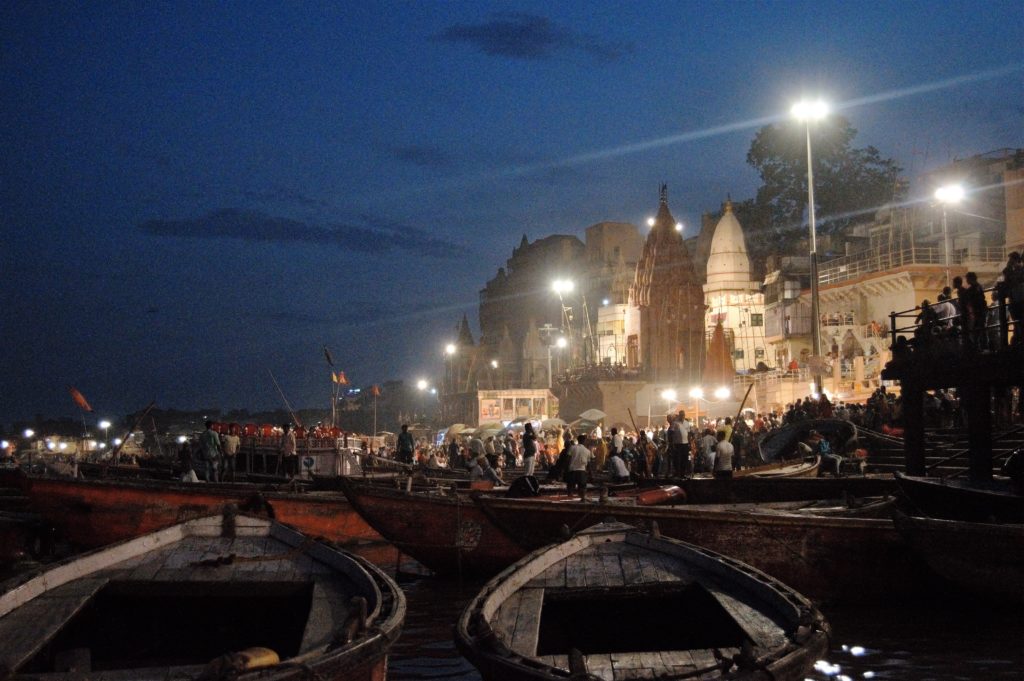India: First Impressions
We’ve been a lot of places over the past year or so. Beautiful places, ugly places, loud places, peaceful places, places with millions of people, and places where it felt like we were the only people in the world. For a while, it was beginning to seem (naively) that we had run the gamut, and that most other places in the world would be variations on a theme, taking bits and pieces of our past experiences and arranging them in different ways to create a new, but familiar scene. India has not only broken those expectations, it’s smashed them with a hammer, shattered them into a thousand pieces, and then run those pieces over with a steamroller. Though I haven’t been as many places as some, I’ve been to a fair few, and I can say with a high amount of confidence that nothing in this world can truly prepare you for travel in India.
India is an assault on the senses, in the best and worst ways imaginable. There have been times we’ve been overwhelmed at the beauty of our surroundings, like taking in the views from the heights of Darjeeling, a tea town high in the Himalayas. There have also been times where the mountains of trash and scenes of abject poverty threaten to (and sometimes do) overshadow that beauty. Walking down the street will treat you to the delicious smells of a restaurant preparing traditional Indian food and the sharp, heady scents of spice in India’s many markets. Walking down the next street can have you gagging at the scent of rotting garbage, urine, and cow dung. You’ll hear the sonorous chimes of a worship service, but you’ll also be attacked by the cacophony of drivers honking.
Oh God, the honking.
Drivers in India are the most insane of any country I’ve ever been to, and that includes a lot of places known for chaotic road rules. They give a whole new meaning to the term “offensive driving”. The bigger your vehicle, the more aggressive you can be, as the smaller tuk-tuks and taxis have no choice but to yield to larger trucks and buses, regardless of any silly notions of “right of way”. A three lane road becomes five or six, because if you can physically fit more cars in the space given, why wouldn’t you? Lines on the road are laughable suggestions. You can never leave more than an inch of space between you and the car in front of you. If you do, a bicycle rickshaw, motorbike, or tuk-tuk will squeeze in, regardless of what direction it’s going. You know how you might sneak in behind a car turning left, just as the light is turning red? They do that here, except it continues for a good ten seconds after the light has changed. Only the oncoming traffic physically blocking their path can plug the flow. As if all this wasn’t chaotic enough, everyone is honking all the time. People will literally lay on the horns as they drive down the road, not honking at anybody or anything in particular, just honking to honk. I swear some of the buses and taxis we’ve been in spent more than 50% of the total ride time with the horn blaring. The racket this creates is enveloping and pervasive, almost like a living thing permeating the city. When everyone is honking, it loses all meaning as a means of communicating information, but for some reason that doesn’t stop it.
One of the most frustrating things about India isn’t something specific, it’s just that things don’t work like they should. There’s often no reason for it, but the standard rules of society and social contracts that we take for granted don’t apply here. For example, we’ll look up a restaurant and find that it’s open from 10am to 8pm. We’ll show up at 3pm and it will just be closed. No note on the door, no explanation, it’s just closed… because India. We’ll ask someone what time the train leaves. They don’t know, but instead of saying they don’t know they’ll pick a random time and tell us that rather than admit they don’t know, as if that’s somehow more helpful… because India. Check out at one of our hotels was at noon. They called our room at 8:30 in the morning (waking us up) to ask if we could check out at 10am instead because they wanted to get the room clean early. Why? You guessed it. Because India.
Once you get used to some of the country’s quirks (or at least learn to avoid them), India is an extremely rewarding place to travel. The history here is fascinating; prior to the British colonization, the country was largely isolated and so the culture, political structure, architecture, and religion evolved on a completely separate path than anywhere else in the world. Visiting the old forts and tombs that have stood for a thousand years or more really lets you feel the age and depth of the past. You can stand where conquerors trod, and walk the halls of forts that have stood against (and fallen to) countless armies.
You can learn a lot about a country and the people living there by looking at what type of entertainment they consume. The entertainment industry here is massive; Bollywood is very much the king and the films and shows it pumps out give a great feel for just how different the culture here is. Movies tend to be sweeping epics, often four or more hours long, complete with multiple acts, an extensive cast of characters (which is even harder to follow when the movie is in Hindi), and of course a large number of enormous, lengthy choreographed dance scenes. Films also express some of India’s more conservative attitudes; there is absolutely no kissing allowed between actors in a film. In Bahubali (if you only ever watch one Bollywood film, this is a great one), there’s a scene where the guy gets the girl, and they have a nice little toss and tumble in the forest. However, every time they come in for what looks like a kiss, they turn away at the last second, just brushing cheeks or nuzzling foreheads. Interestingly, there is no prohibition on kissing stomachs (which I’d argue is quite a bit more intimate), so in lieu of a traditional make-out scene you’ll have the guy kissing up and down the girl’s belly.
The dominant religion of India is super interesting to learn about and you can definitely see how the mythology of the Hindu gods and their deeds grew to influence both the media and culture of the modern day. Hinduism is, at least from the outside looking in, an extremely complex religion with multiple gods, multiple reincarnations of each god, and epic stories of war, great deeds, heroic rescues, and devastating losses. Visiting the ancient temples really speaks to the age and history of the religion, and being one of the very few foreigners observing the ceremonies and prayers in such holy places speaks to how ingrained the religion is in many peoples’ daily lives. Varanasi, the city on the banks of the holy Ganges River, is known as the spiritual capital of India, and for good reason. Over 400 people are cremated on the banks of the river each day due to the spiritual significance of the location, with daily ceremonies honoring the dead. Though extremely polluted, the waters are considered cleansing, so it’s not uncommon to see worshipers bathing in or drinking the water, hoping for clarity or healing. Cows, a revered animal in the Hindu faith, roam the city freely, often blocking traffic since the people are reluctant to force them to move. Varanasi is very much a city for Hindus to worship and grieve, rather than a tourism hotspot, so it’s a fantastic place to get a glimpse of the religious side of the population, even if I did feel like a bit of a voyeur at times.
India is far from an easy place to travel. Extravagant wealth juxtaposes nearly unfathomable poverty, and rampant overpopulation serves only to exacerbate already unmanageable logistical problems. Strides are being made, however, to pull India forward without sacrificing the uniqueness of the culture. Much of the population is hopeful for modernization and westernization, particularly among the youth. Western culture, especially the idealized form of it spread by Hollywood, is almost revered, to the point where many people will ask for selfies with us just because we’re white, as if we’re celebrities ourselves.
From what we have heard from friends we’ve made along the way that are also traveling through India, we picked pretty much the hardest, most chaotic places in India to start our travels. We’re very much looking forward to heading south into Rajasthan to visit some of the desert cities, which we’ve heard offer a much more peaceful, but still uniquely Indian, experience. We’re also planning on heading down into the beaches of Goa eventually, which promise to be a relaxing haven from the tumult of the north. Though difficult at times, I can honestly say that India is like nowhere else I’ve ever been. For that alone, I love it already.

